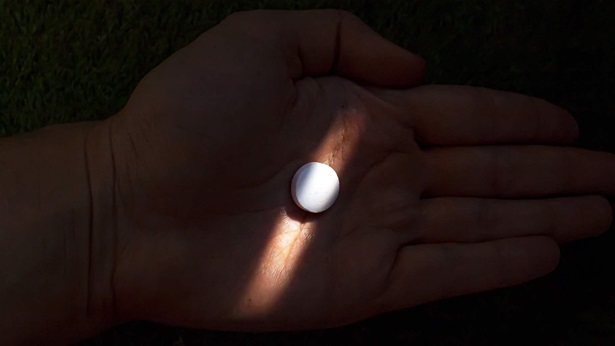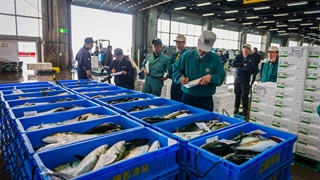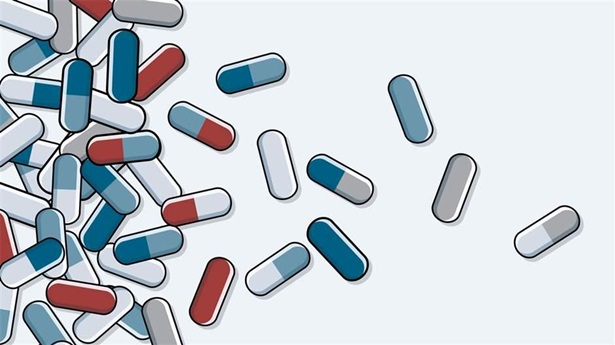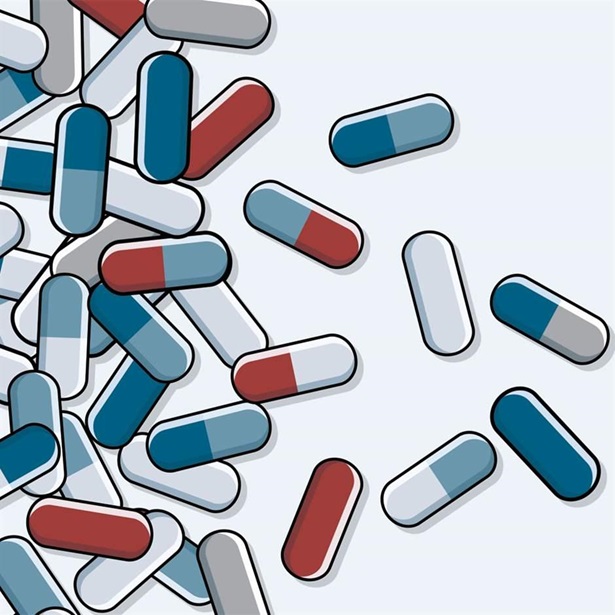10 Facts About Antibiotics, Resistance, and Food Animal Production
- 29.9 million—pounds of antibiotics sold for use in food animal production in 2011.1
- 7.7 million—pounds of antibiotics sold to treat sick people in 2011.2
- $26 billion—the annual cost of antibiotic-resistant infections to U.S. health care.3
- 8 million—extra days that patients stay in hospitals every year because of antibiotic-resistant infections.4
- 2 million—people who are infected by resistant bacteria every year.5
- 23,000—Americans who die from resistant infections every year.6
- 13—new classes of antibiotics introduced between 1935 and 1968.7
- 2—new classes of antibiotics introduced since 1968.8
- 450—health, agriculture, environment, consumer, faith-based, labor, and other groups that support the Preservation of Antibiotics for Medical Treatment Act, legislation that would eliminate the overuse of medically important antibiotics in healthy food animals.9
- 1945—the year that Sir Alexander Fleming—who discovered penicillin—warned the world that overusing antibiotics, particularly at low doses, could lead to widespread resistance.10
The Pew Charitable Trusts is working to preserve the effectiveness of antibiotics by eliminating the overuse and misuse of drugs in food animal production. We work with public health and food industry leaders, veterinarians, agricultural interests, academics, and citizen activists who share our objective of protecting human and animal health.
Endnotes
- U.S. Food and Drug Administration, “FDA Annual Report on Antimicrobials Sold or Distributed for Food-Producing Animals in 2011”, Feb. 5, 2013, http://www.fda.gov/AnimalVeterinary/NewsEvents/CVMUpdates/ucm338178.htm.
- IMS Health Inc., “USA Analysis of Antibacterial Molecules Summary Report”, April 16, 2012.
- R.R. Roberts et al., “Hospital and Societal Costs of Antimicrobial-Resistant Infections in a Chicago Teaching Hospital: Implications for Antibiotic Stewardship,” Clinical Infectious Diseases 49:8 (2009): 1175-84, http://cid.oxfordjournals.org/content/49/8/1175.long.
- Ibid.
- Centers for Disease Control and Prevention, Antibiotic Resistance Threats in the United States, 2013, Sept. 16, 2013, http://www.cdc.gov/drugresistance/threat-report-2013.
- Ibid.
- J.H. Powers, “Antimicrobial Drug Development—The Past, the Present, and the Future,” Clinical Microbiology and Infection 10 Suppl 4 (2004), 23-31.
- Ibid.
- Union of Concerned Scientists, “The Preservation of Antibiotics for Medical Treatment Act (PAMTA) Endorsers List,” Jan. 24, 2013, http://www.ucsusa.org/food_and_agriculture/solutions/strengthen-healthy-farm-policy/pamta-endorsers-list.html. The Preventing Antibiotic Resistance Act (PARA, S. 1256) was introduced in June 2013 in the Senate as a companion to PAMTA (H.R. 1150).
- Alexander Fleming, “Penicillin: Nobel Lecture,” Dec. 11, 1945, http://www.nobelprize.org/nobel_prizes/medicine/laureates/1945/fleming-lecture.pdf.











